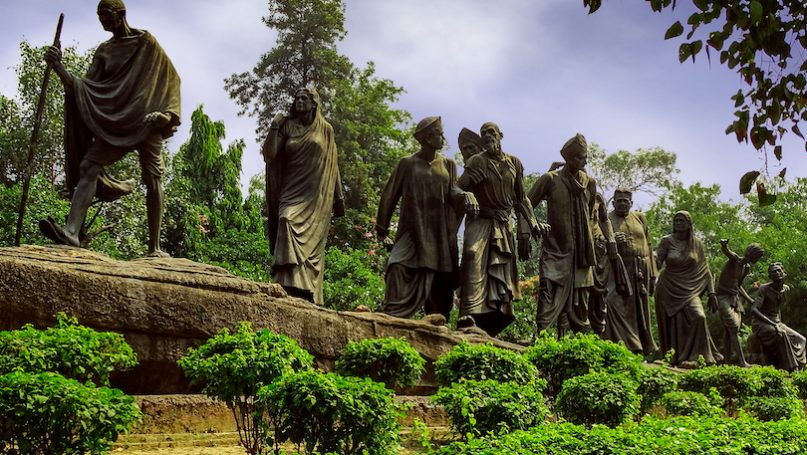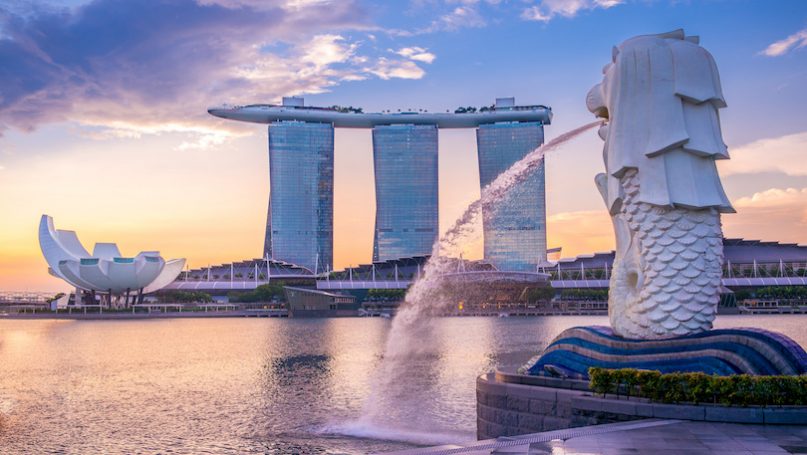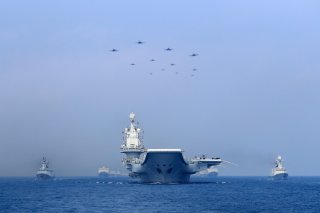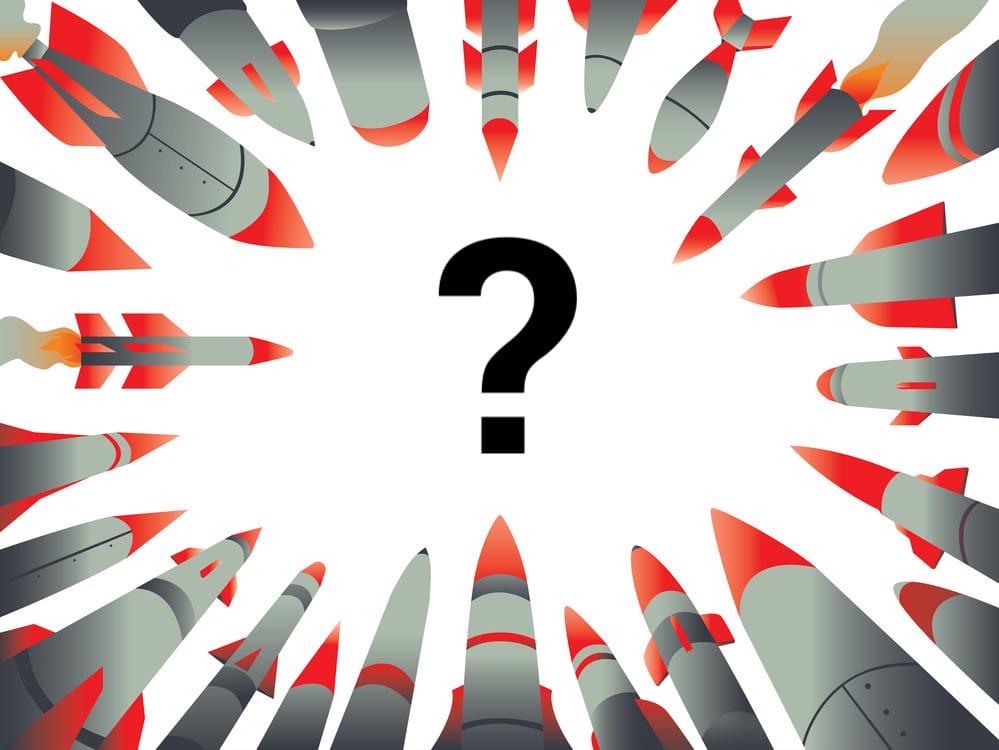Erik Ringmar

Benedict Anderson’s book on nationalism is a modern classic (Anderson 2006). Even forty years after its initial publication, it is widely referenced, and a standard feature on reading lists everywhere. Google Scholar counts some 112,589 citations, a number which should be enough to give you tenure at a major university at least ten times over. While the book is a brilliant exposition of the nature of nationalism, and well worth its fame, it is more than anything the title of the book that has been turned into a meme. Nations are “imagined communities,” we are told. That is, they are not natural, organic, or just plain given, but instead the result of an act of creation. Unlike small communities in which everyone knows everyone else, nations have too many members, and the vast majority of whom will never, and can never, meet. Nations, for this reason, only exist since we imagine them to exist. They exist in our minds. No one has ever seen a nation except “in their mind’s eye.”
If we ask how nations are imagined, Anderson provides two quite separate explanations. According to the first, most commonly invoked account, nations were first imagined by means of the printing press. The Gutenberg revolution of the fifteenth-century gave rise to communities of readers who read the same books at the same time, printed in vernaculars rather than Latin. This is where the nation first appeared. The nation was a part of the taken-for-granted background of the characters in the first novels, but it was also a character in its own right. The nation did things, it acted and interacted with other nations much as a character in a play. And just as a character in a play, the readers could rest assured that even if the nation did not feature in the plot for a while, it would sooner or later reappear. But it was thanks to newspapers that the nation which book printing first had allowed us to imagine was turned into a mass phenomenon. In the nineteenth-century, the invention of the rotary press allowed newspapers to be produced for a mass market, and one of the characters the papers constantly wrote about was the nation. There it was going to wars, concluding treatises, celebrating its anniversaries, remembering its past. Anderson quotes Hegel’s description of the newly invented daily ritual of reading newspaper at the breakfast table. Reading the same papers, in the same language, at the same time, the nation simultaneously appeared before the minds’ eye of the readers.














